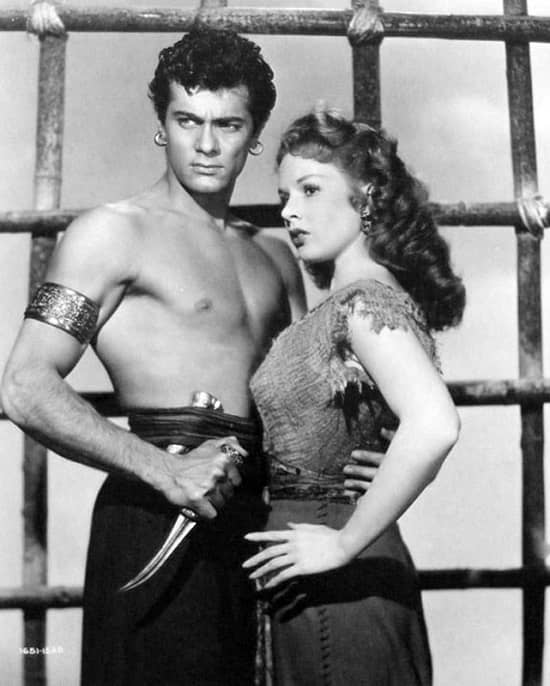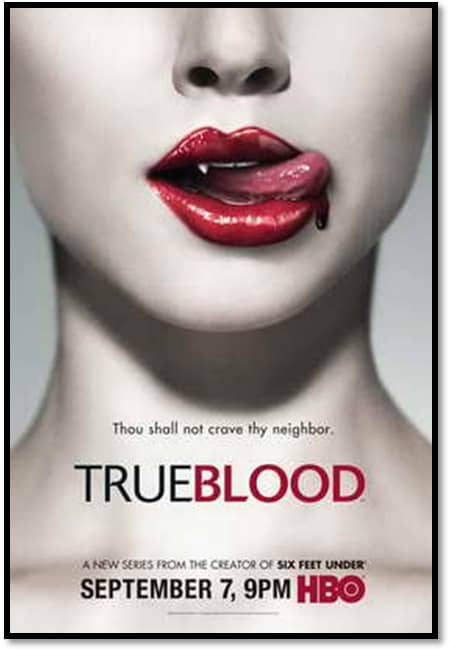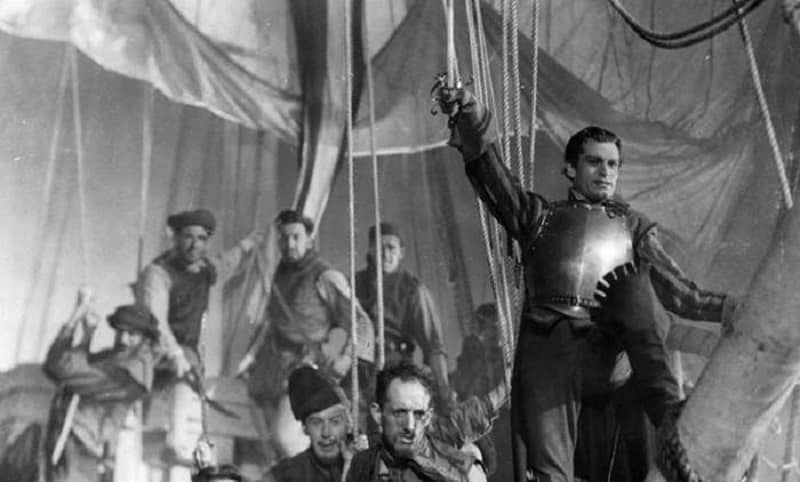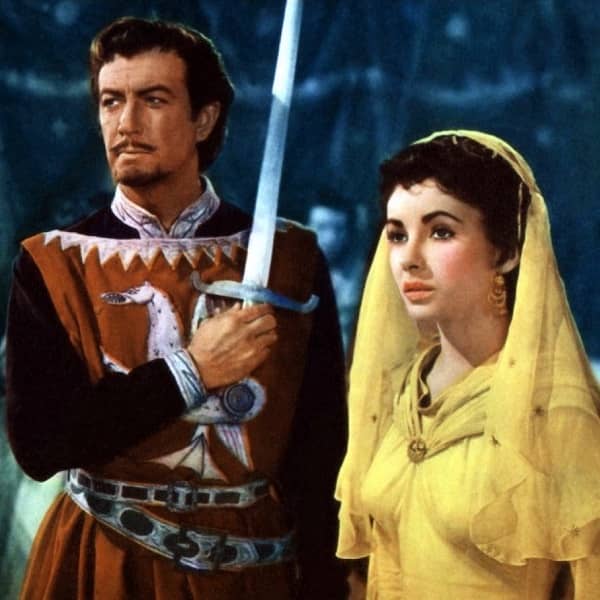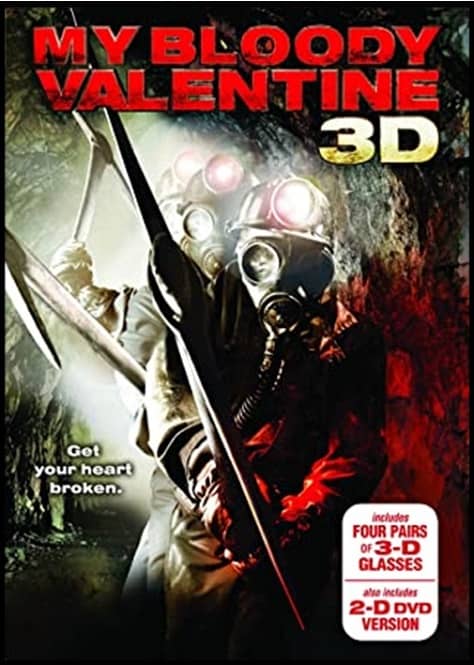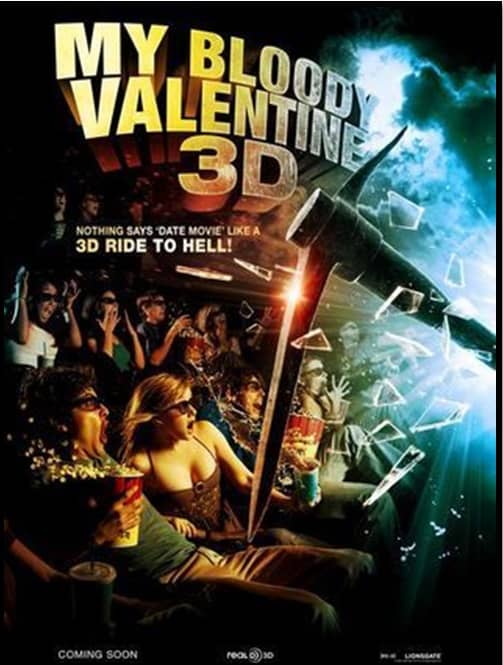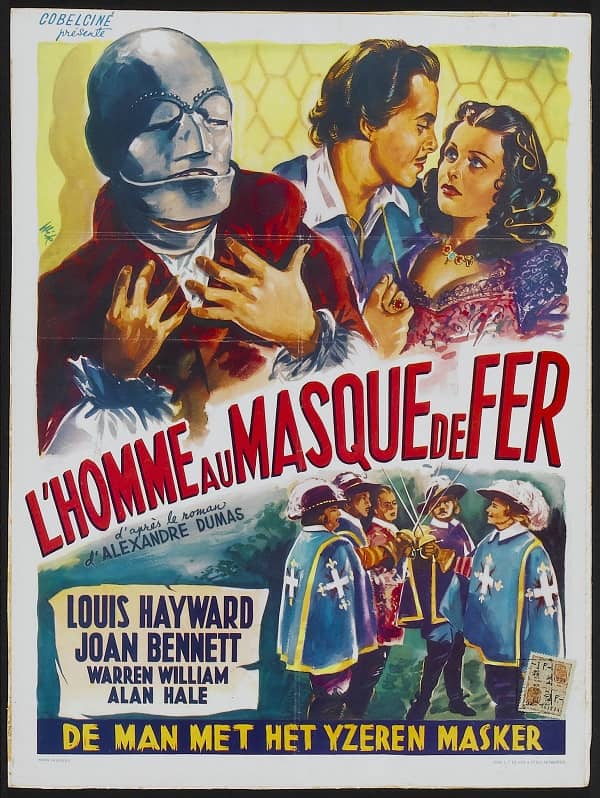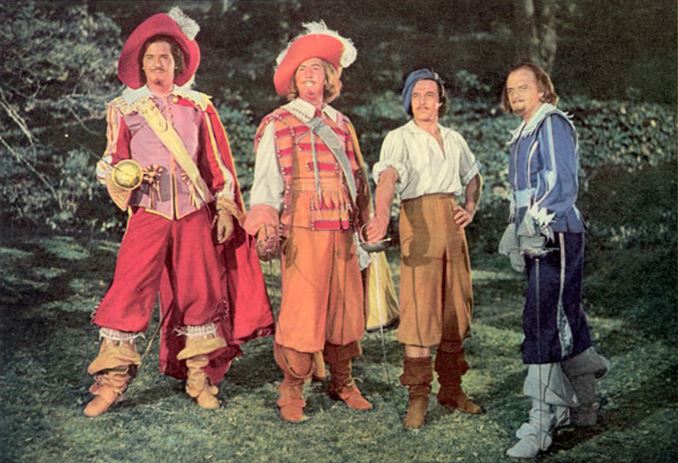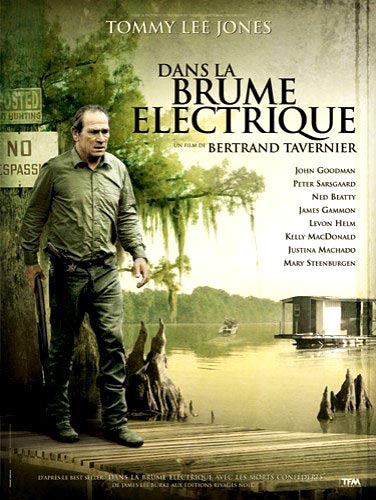Ellsworth’s Cinema of Swords: Tony Curtis Goes Yonda
Tony Curtis and Piper Laurie in The Prince Who Was a Thief (1951)
In the early Fifties, Tony Curtis was still honing his skills as an actor, but he was good-looking, athletic, and gosh, people liked him, so Universal decided to make him a star. Fortunately for us, for his first two swashbucklers Universal paired him with Piper Laurie, who was even more good-looking, athletic, and likeable than Curtis. And knowing that by the late Fifties Curtis would become a pretty decent actor, it’s interesting to watch him develop over his first few features.
The Prince Who was a Thief
Rating: ***
Origin: USA, 1951
Director: Rudolph Maté
Source: ATI Entertainment DVD
This is the first of many sword-swinging starring roles for Tony Curtis, whom you really can’t avoid if you’re watching historical adventures made in the Fifties. Everybody mocks Curtis, and it’s somewhat deserved, since he didn’t have the smarts of a Burt Lancaster or even a Louis Hayward, but he wasn’t terrible so much as mediocre. Somebody was persuaded that he was movie star material, but it took Hollywood about ten years to figure out that he was best employed as a reliable second banana. Fortunately, he’s offset in this film by engaging performances from Everett Sloane and Piper Laurie, who even this early in her career knew exactly what she was doing.
